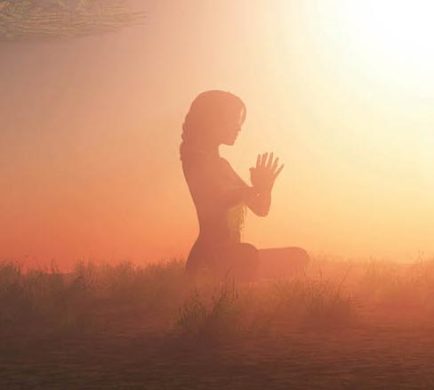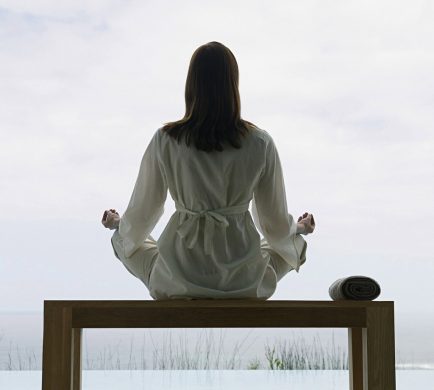The first step to starting a regular meditation practice is finding the style of meditation that’s right for you. This guide can help.
“Meditation actually gives you back time in your day. The downtime you give your brain by not thinking gives it time to recharge and replenish in a way no other activity can.”
— Dr. Taz Bhatia
You’ve probably heard that meditation can reduce stress, boost your immune system, and make you a happier, more focused person. But there are so many types of meditation it can be hard to know which one will meet your needs.
Selecting the appropriate type of meditation practice is crucial for achieving optimal mental and physical health benefits. Different meditation techniques, such as breathing, chanting, compassion, and even eating meditation, cater to various needs and preferences.
A study conducted with 247 students at San Francisco State University suggests if you find a type of meditation that suits your personal tastes, you are more likely to stick with it. And sustained practice, in turn, boosts your chances of reaping the benefits of meditation.
When you find one that resonates with you, click through for more information about that style, including a sample meditation offered by Omega Institute, the nation’s most trusted source for wellness and personal growth.
If you’re a beginner or experiencing anxiety, try Breathing Meditation.Breathing meditation uses your breath as the object of concentration. It’s a great practice for beginners to start with.
If you’re a musician or like to sing, try Chanting Meditation.During chanting meditation, you sing or chant sacred mantras, phrases, and/or songs, often accompanied by live instruments or recorded music.
If you have a soft spot for others, or have a hard time understanding them, try Compassion Meditation.
Compassion meditation is designed to help you develop loving-kindness and compassion for yourself and others.
If you’re an intellectual, try Contemplative InquiryDuring contemplative inquiry, you focus your mind on one concept or question, such as “Who am I?”
If you’re a fitness enthusiast, try Dancing Meditation.Dancing meditation helps you to cultivate a sense of oneness as you focus on the music and rhythms of the dance. The practice can be quiet and meditative or ecstatic, rhythmic, and trance-inducing.
If you’re a heart-centered person, try Devotional Meditation & Prayer.Devotional meditation and prayer is a way of cultivating a closer relationship with the divine.
If you have a love and/or hate relationship with food, try Eating Meditation.Eating meditation is the art of mindfully chewing and swallowing each bite of your food.
If you’re a highly sensitive person, try Energy Meditation.In energy meditation, you focus your attention on a subtle energy or energy center, like the chakras.
If you’re an auditory/verbal learner, try Mantra Meditation.Mantra meditation is the act of audibly or silently repeating a calming word, thought, or prayer-phrase, sometimes in an ancient, sacred language, and sometimes in your native tongue.
If you’re active or athletic, try Moving Meditation.Moving meditation invites you to turn any form of conscious movement into a sacred body prayer.
If you’re a nature lover, try Nature Meditation.During nature meditation, you use your senses to focus on nature. It is typically done outdoors, but can be done indoors using a nature-themed guided visualization.
If you like words, try Passage Meditation.Passage meditation is the act of sitting quietly and reading and/or mentally repeating content from a spiritual book or text.
If you’re a music lover or auditory learner, try Sound Meditation.Sound meditation uses a pleasant, nonvocal sound as the object of concentration. The sound can come from a variety of objects, including chimes, cymbals, metal or crystal bowls, or a gong.
If sitting is uncomfortable, try Standing Meditation.Standing meditation encourages you to tune into the present moment and focus on the physical sensations of standing in one or more postures.
If you’re an artist or visual learner, try Visual Meditation.In visual meditation, you focus on an image, either in your mind’s eye or externally in front of you.
Located on 250 acres in New York’s Hudson Valley, Omega Institute offers diverse and innovative educational experiences, both in person and online, that inspire an integrated approach to personal and social change. Learn more at eOmega.org.







